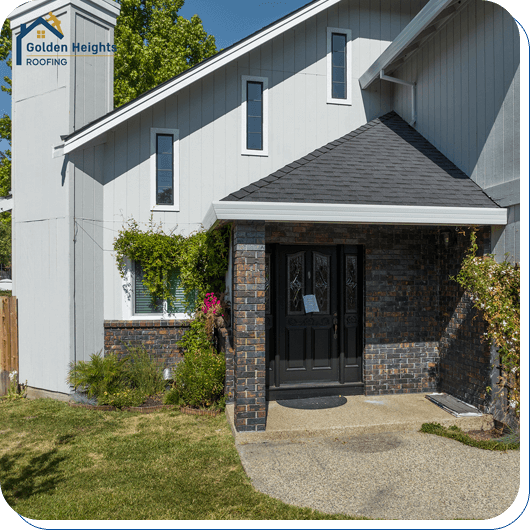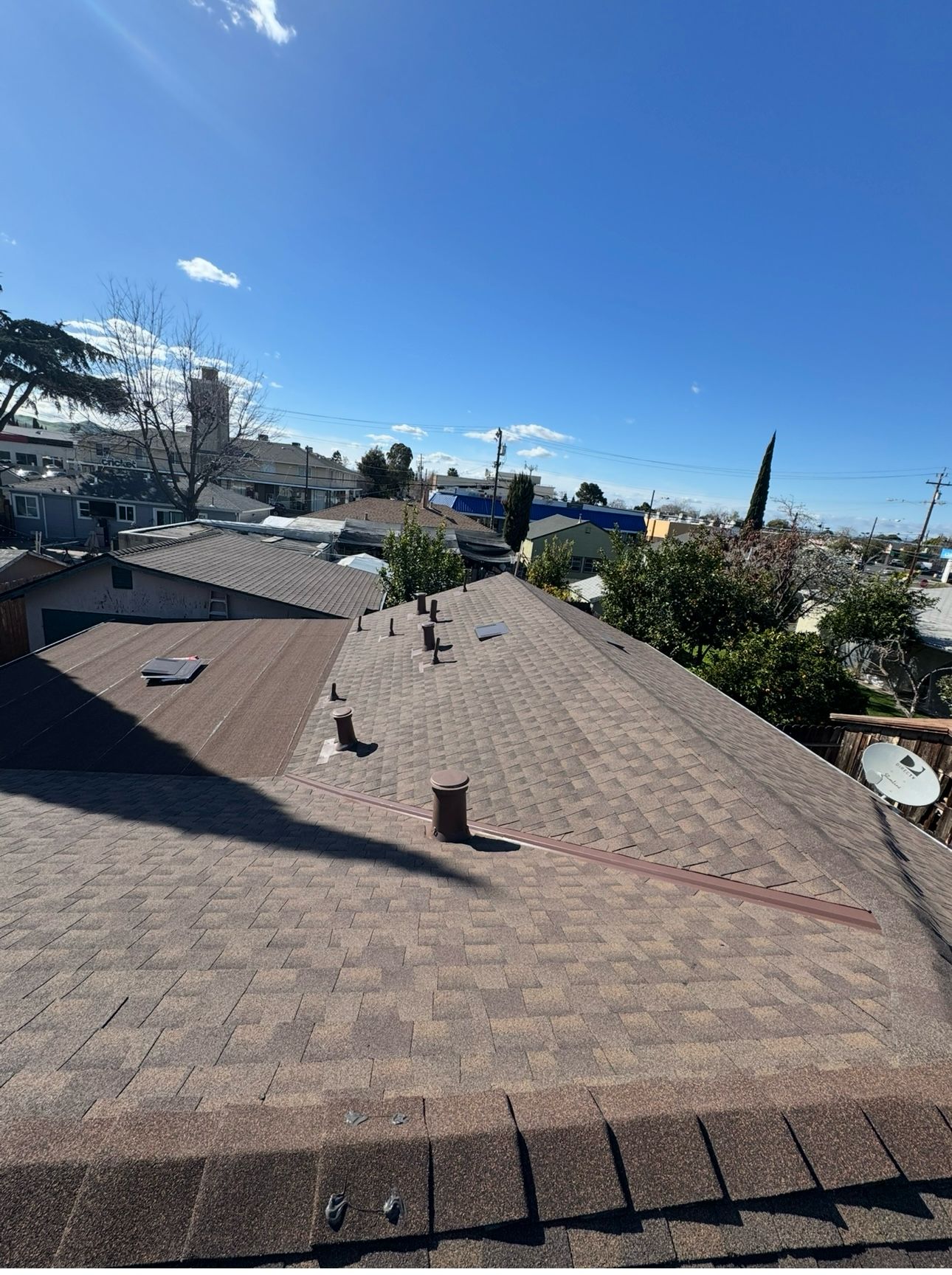
The roofing industry is not just about shingles and tiles anymore; it’s evolving rapidly with innovations that not only enhance the functionality of roofs but also contribute significantly to sustainability and energy efficiency. This blog explores the latest trends and technologies in roofing, including solar tiles, green roofs, and advanced weatherproofing materials. These developments are transforming how roofs are viewed—from mere protective structures to integrated systems capable of generating energy and promoting environmental sustainability.
Solar Tiles: Power Your Home with Style
What are Solar Tiles? Solar tiles are a groundbreaking technology that integrates photovoltaic cells directly into roof tiles. Unlike traditional solar panels, these tiles are designed to blend seamlessly with the aesthetics of your home’s roofing, providing energy generation without compromising on style.
Benefits of Solar Tiles:
Aesthetic Integration: Matches the existing roof design, maintaining the home’s aesthetic appeal.
Energy Efficiency: Converts sunlight into electricity, significantly reducing utility bills.
Durability: Designed to be tough and long-lasting, capable of withstanding environmental elements just like traditional tiles.
Green Roofs: Eco-Friendly Urban Living
What is a Green Roof? A green roof involves the growth of vegetation directly on the rooftop. This can range from simple coverage with grass and shrubbery to complex gardens with trees and water features. Green roofs not only beautify urban landscapes but also provide substantial environmental benefits.
Advantages of Green Roofs:
Temperature Control: Acts as natural insulation, reducing heating and cooling costs.
Stormwater Management: Absorbs rainwater, reducing runoff and decreasing the burden on urban sewer systems.
Increased Biodiversity: Supports urban wildlife, providing habitats for birds and insects.
Advanced Weatherproofing Materials
Innovative Solutions in Weatherproofing: Recent advances in material science have led to the development of highly effective weatherproofing materials for roofs. These include reflective coatings that deflect solar radiation, reducing cooling costs, and flexible membranes that adapt to temperature changes, preventing cracks and leaks.
Key Features:
Reflective Roof Coatings: These coatings are applied to the roof surface to reflect sunlight and heat away from the building, helping to lower roof surface temperatures and decrease air conditioning needs.
High-Tech Membranes: Modern membranes are more adaptable and resistant to environmental stresses, contributing to a longer roof lifespan.
The roofing industry is at the forefront of ecological innovation and energy efficiency. By incorporating technologies like solar tiles, green roofs, and advanced weatherproofing materials, homeowners can enjoy not only a durable and efficient roof but also contribute to a more sustainable future. As these technologies continue to evolve and become more cost-effective, they are likely to become standard features in the construction of new homes and renovations.
For those interested in learning more about sustainable building practices or in need of professional roofing services, be sure to reach out to experts who can provide detailed information and assistance tailored to your specific needs.


